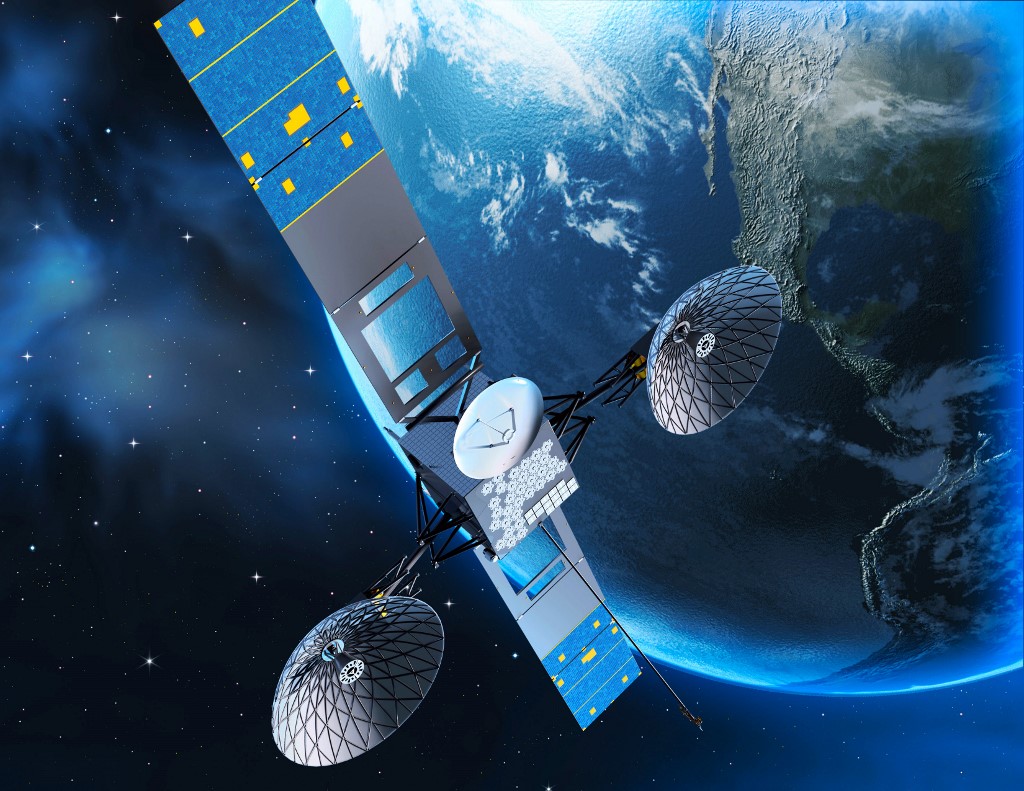WASHINGTON, April 20 (Xinhua) -- The Hubble Space Telescope had observed an expanding cloud of fine dust particles caused by a titanic collision between two icy asteroid-sized bodies orbiting the bright star Fomalhaut, about 25 light-years from Earth, said a study published Monday.

This NASA handout illustration obtained August 18, 2017 depicts NASA's Tracking and Data Relay Satellite, TDRS-M, in orbit, as The TDRS system provides a communication vital link to the International Space Station, the Hubble Space Telescope and a host of Earth sciences satellites. (Photo: AFP)
According to the study, published in the journal Proceedings of the National Academy of Sciences, the object was previously believed to be a planet, called Fomalhaut b, and was first announced in 2008. It was clearly visible in several years of Hubble observations that revealed it as a moving dot.
Fomalhaut b was unusually bright in visible light, but did not have any detectable infrared heat signature. Astronomers proposed that the added brightness came from a huge shell or ring of dust encircling the object that may have been collision-related, according to the study.
"These collisions are exceedingly rare," said Andras Gaspar, an astronomer at the University of Arizona.
"Our study ... revealed several characteristics that together paint a picture that the planet-sized object may never have existed in the first place," Gaspar said.
Earlier images showed that the object continuously faded over time, and Hubble images from 2014 showed the object had vanished, leading to an interpretation that Fomalhaut b is not a planet, but a slowly expanding cloud blasted into space as a result of a collision between two large bodies, the study said.
Researchers believe the collision occurred not too long before the first observations taken in 2004.
"The Fomalhaut system is the ultimate test lab for all of our ideas about how exoplanets and star systems evolve," said George Rieke, an astronomy professor at the University of Arizona.
"We do have evidence of such collisions in other systems, but none of this magnitude has ever been observed. This is a blueprint for how planets destroy each other," he said.
Researchers will observe the Fomalhaut system with the upcoming James Webb Space Telescope scheduled to launch in 2021, said the study.


